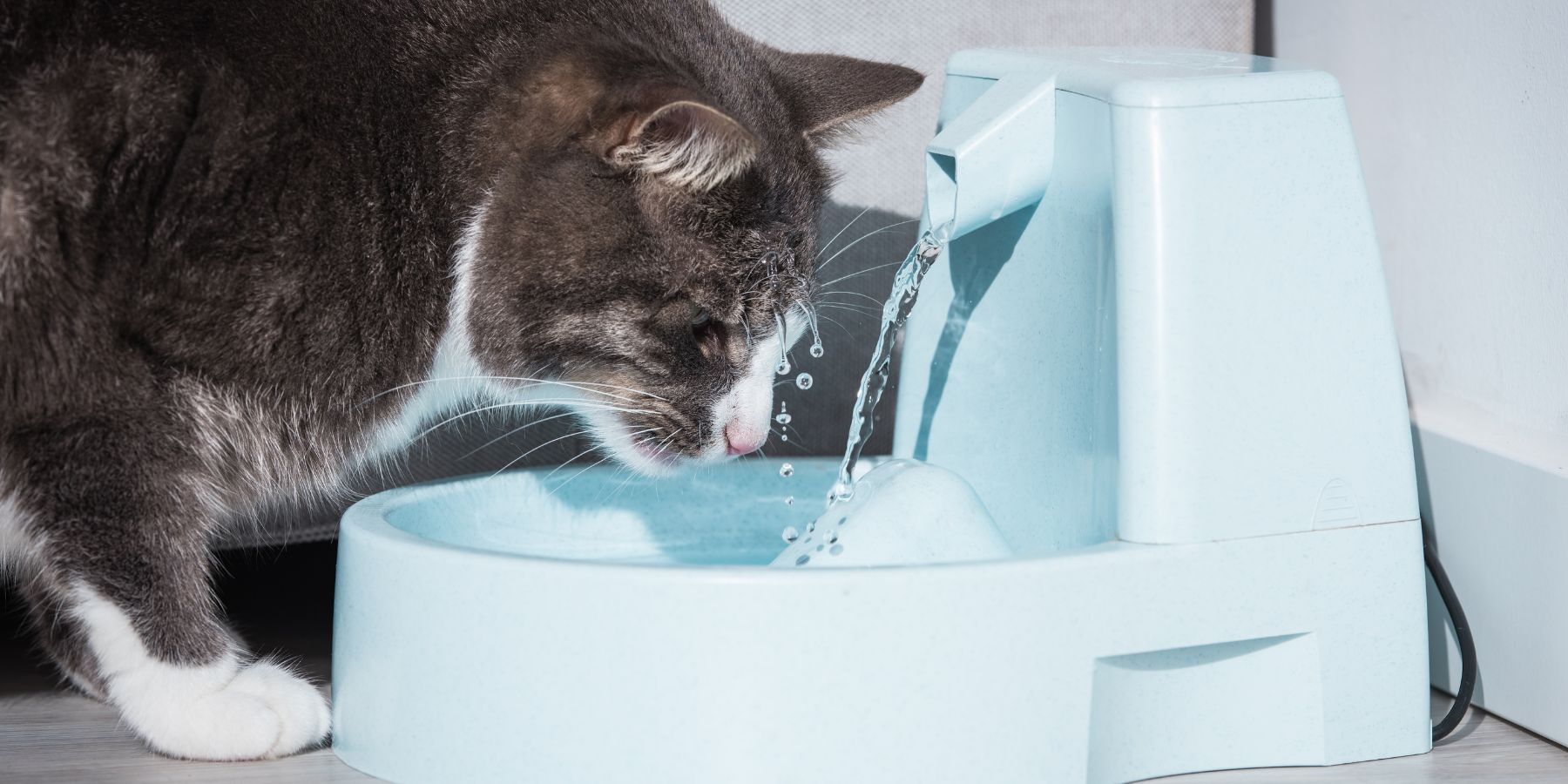If you’re a cat owner, you know how important it is to keep your furry friend hydrated. A cat loves water fountains, and it’s a great way to encourage them to drink more water.
But when it comes to choosing the right water fountain, the material it’s made from – stainless steel, ceramic, or plastic – can make a big difference. Let’s dive into the pros and cons of each material to help you make the best choice for your cat.
Stainless Steel Cat Water Fountains
Stainless steel water fountains are a popular choice among cat owners for several reasons.
Pros:
Durability: Stainless steel is robust and long-lasting.
Hygiene: It’s non-porous, which means it doesn’t harbor bacteria as easily as plastic.
Easy to Clean: These fountains are generally dishwasher-safe.
Aesthetic Appeal: They often have a sleek, modern look.
Cons:
Cost: They can be more expensive than plastic or ceramic fountains.
Noise: Water hitting the metal can be noisier, which might deter some cats.
Ceramic Cat Water Fountains
Ceramic fountains are another option, combining functionality with style.
Pros:
Hygiene: Like stainless steel, ceramic is non-porous and less prone to bacterial growth.
Design Variety: They come in many colors and designs to suit different home decor.
Stability: Heavier than plastic, so less likely to be tipped over.
Cons:
Fragility: Ceramics can crack or break if dropped.
Weight: They are heavier, which can be a drawback when cleaning or refilling.
Price: Generally more expensive than plastic fountains.
Plastic Cat Water Fountains
Plastic fountains are widely available and can be a budget-friendly option.
Pros:
Affordability: Usually the least expensive option.
Lightweight: Easy to move and clean.
Variety: Comes in many shapes and sizes.
Cons:
Durability: More prone to wear and tear compared to stainless steel or ceramic.
Bacteria Growth: Plastic is porous, which can lead to bacterial buildup if not cleaned regularly.
Safety Concerns: Some plastics can leach chemicals, so it’s essential to choose BPA-free options.
Making the Right Choice
When deciding between stainless steel, ceramic, or plastic, consider the following factors:
Your Cat’s Preferences: Observe if your cat has any material preferences. Some cats might be deterred by the noise from stainless steel fountains or attracted to the cooler feel of ceramic.
Maintenance: How much time are you willing to invest in cleaning the fountain? Stainless steel and ceramic are easier to clean and more hygienic.
Budget: Consider how much you are willing to spend. If you’re on a budget, plastic might be the way to go, but for longevity and hygiene, stainless steel or ceramic are better investments.
Conclusion
A cat loves water fountains, and choosing the right one can significantly impact their health and hydration. Whether you opt for the durability of stainless steel, the aesthetic appeal of ceramic, or the affordability of plastic, the most important thing is that your cat drinks more water. Each material has its pros and cons, so weigh your options based on your cat’s needs, your lifestyle, and your budget.
I hope this guide helps you in making an informed decision for your furry friend. Remember, the best water fountain is one that your cat will use happily and regularly.
Do you have a cat water fountain at home? What material did you choose and why? Share your experiences and tips in the comments below. Let’s help each other keep our feline friends healthy and hydrated!
